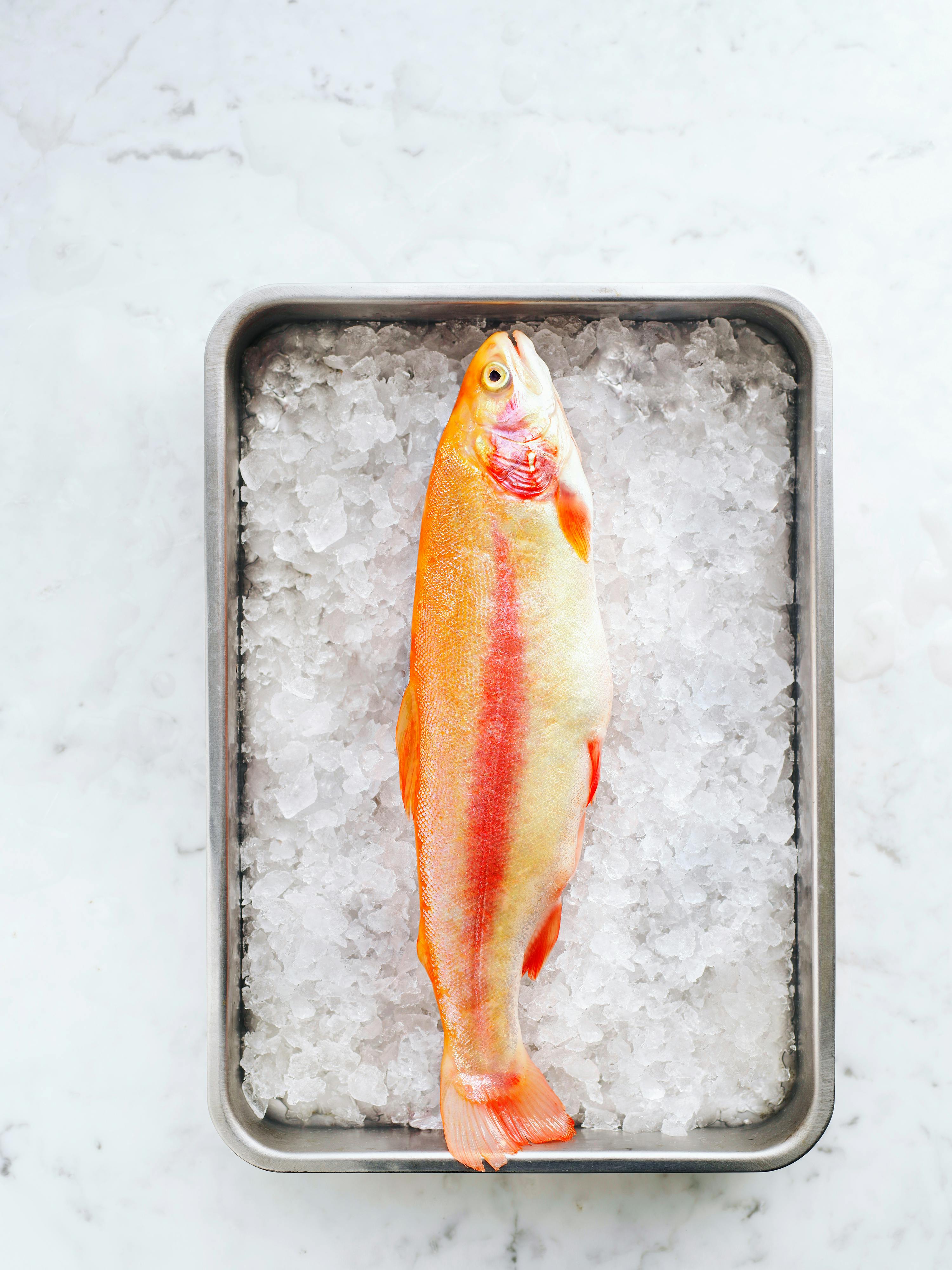Apply Now
Smart Ways to Optimize Your Angelfish Tank Size in 2025
Understanding Angelfish Tank Requirements
Understanding the appropriate angelfish tank size is crucial for maintaining a healthy and thriving aquarium. Angelfish, known for their unique shape and vibrant colors, require sufficient space to swim and grow. The minimum tank size for angelfish is typically around 20 gallons, though larger tanks are recommended for best results. A larger tank not only provides ample swimming space but also helps maintain stable water conditions, essential for the overall health of your fish.
Angelfish can grow significantly in size, often reaching up to 6 inches or more, and they thrive in environments where they can exhibit their natural behaviors. This includes the need for vertical swimming space, as angelfish are accustomed to navigating through densely planted habitats in the wild. Hence, the ideal tank dimensions for angelfish are those which offer enough height as well as width.
Keeping in mind their social nature, it’s vital to consider not just the size of the tank, but also the stocking levels of your aquarium. You may introduce tank mates for angelfish, keeping in mind their compatibility with various species. Creating a well-balanced environment will enhance both the aesthetics of your aquarium and the well-being of your fish.
Best Tank Size for Angelfish Species
When selecting a tank size, understanding the specific angelfish species you plan to keep is important. Different species have varying requirements. For example, the common Pterophyllum scalare works well in community tanks, while the larger Pterophyllum altum may necessitate larger setups due to its size and territorial behavior.
For community tanks with angelfish, a minimum of 55-gallon tanks is ideal to accommodate their territorial nature while allowing for plenty of swimming space. Furthermore, a larger volume of water allows for better filtration and maintenance of water quality, which is essential for keeping angelfish healthy.
To optimize the angelfish tank dimensions effectively, consider the number of fish you plan to keep and the layout of the aquarium. Providing enough space for angelfish to establish territories is key to reducing stress and aggression. Remember, the more stable and spacious the environment, the healthier and happier your angelfish will be.
Essential Tank Setup for Angelfish
Setting up your angelfish tank requires careful consideration of various components. Effective angelfish tank setup includes optimal water conditions, appropriate tank decor, and suitable plants for angelfish tanks. These elements play a significant role in mimicking their natural habitat, fostering a stress-free environment.
Your tank should have a stable filtration system that maintains clarity and purity of the water. Angelfish thrive in clean water where the ammonia and nitrate levels are kept at a minimum. The ideal tank filtration for angelfish includes both mechanical and biological filters to support their health by keeping water conditions optimal.
Plants in the tank not only provide hiding spots and create a sense of security but also help to maintain water quality. Best plants for angelfish tanks include species like Java fern and Amazon sword, as they adapt well to the conditions typically created in home aquariums. Consider the growth rate of these plants, as they need to be trimmed to prevent overgrowth that might hinder swimming space.
Key Considerations for Angelfish Habitat
Understanding the environmental needs of angelfish is crucial for successful aquarium management. This covers critical aspects such as water temperature, pH levels, and the overall angelfish habitat design.
Water Conditions for Optimal Growth
Maintaining the right water conditions is vital for the health and growth of angelfish. The ideal water temperature for angelfish ranges from 75°F to 82°F (24°C to 28°C). It's essential to monitor the temperature regularly using a reliable aquarium heater for stability.
Moreover, ideal angelfish pH levels should be kept between 6.5 to 7.5. Conduct regular water tests to ensure that these parameters are met and make necessary adjustments as required. Quality water management is a core component of angelfish care, fostering not just survival but optimal growth rates.
Neglecting water conditions can lead to various health issues, including stress and disease susceptibility. Addressing angelfish health issues through proper environmental conditions can significantly extend their lifespan in captivity. Always remain vigilant for water quality management by performing regular water changes, ensuring clean and suitable living conditions for your angelfish.
Creating Enrichment in the Tank
Enrichment plays a significant role in maintaining angelfish wellness. Consider adding decorations and tank accessories that mimic their natural environments, such as rocks, driftwood, and aquatic plants. This will not only enhance the aesthetics of your aquarium but also serve functional purposes for hiding and breeding.
Understanding angelfish behavior in tanks can help in determining the best arrangement. They are often territorial, especially during breeding seasons; thus, creating little niches using decorations can provide territories and promote healthy social interaction.
When selecting angelfish tank decor, ensure that edges are smooth to prevent injuries and that they are safe for aquatic life to avoid any toxicity concerns. Opt for natural materials or high-quality aquarium-safe options to create a stress-free environment.
Maintaining Your Angelfish Aquarium
A vital aspect of caring for angelfish includes effective tank maintenance practices. Regular maintenance directly impacts the overall health of your fish and plays a critical role in optimizing your aquarium setup.
Tank Maintenance Tips for Angelfish
Consistent tank maintenance is crucial in keeping your aquarium clean and your angelfish healthy. Basic maintenance tasks include routine water changes, substrate cleaning, and filter upkeep. Aim to change approximately 10-20% of the tank water weekly, which will help remove waste and keep unwanted toxins at bay.
Additionally, ensure that the angelfish tank filtration system is functioning optimally. Regularly check and clean filter media according to manufacturer instructions to prevent clogs and maintain efficiency. A poor filtration system can lead to unhealthy water conditions that jeopardize your angelfish's health.
Moreover, monitor the overall condition of your angelfish habitat. Evaluate the substrate, plants, and decorations every few weeks for any unwanted algae buildup or wear that might necessitate cleaning or replacing items in your tank setup.
Feeding Considerations for Angelfish
Proper nutrition is essential for angelfish care, impacting growth, coloration, and overall health. An angelfish feeding guide should include a variety of high-quality foods such as flakes, pellets, and frozen or live foods to ensure they receive balanced nutrition.
When introducing food, consider the substrate and water conditions, ensuring that any remnants are promptly removed to prevent water quality degradation. BalancedNutrition can help prevent issues such as stunted growth and poor coloration. It’s important to feed only what they can consume within a few minutes, preventing overfeeding—a common pitfall in angelfish care.
In addition, special consideration for young and juvenile angelfish is necessary, as they have different feeding requirements. Providing appropriate food sizes and types can aid in their healthy growth and prevent illness.
Q&A Section: Common Concerns About Angelfish Tank Size
How Many Angelfish Can Fit in a 55 Gallon Tank?
A 55-gallon tank is generally a suitable size for keeping multiple angelfish, allowing for a school size of around 4 to 6 angelfish while still providing enough swimming space. This capacity is ideal to help manage territorial behavior when paired or kept in groups.
What is the Minimum Tank Size for Angelfish?
The minimum tank size for angelfish is 20 gallons, but to promote health and stability, larger tanks are recommended. A more spacious environment supports stable water parameters crucial for their well-being.
What Tank Size Should I Choose for Breeding Angelfish?
For breeding angelfish, a tank size of at least 30 gallons is advisable. This allows for the necessary space to provide hiding places and room for territorial behaviors during the breeding season.
Can Angelfish Live with Other Fish?
Yes, angelfish can coexist with several community fish, but it’s essential to consider angelfish compatibility based on their territorial nature. Choose tank mates that are non-aggressive and preferably of similar size to avoid conflicts.
What Are Ideal Water Conditions for Angelfish?
The ideal water conditions for angelfish include a temperature range of 75°F to 82°F and a pH level of 6.5 to 7.5. Regular testing and monitoring will ensure that your angelfish thrive in a healthy environment.




